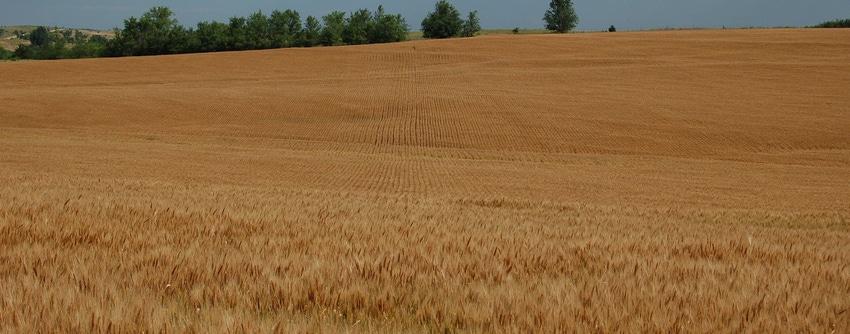March 7, 2016

Rotating cropsis a good idea. But just a year away from a crop is often not enough of a break to reduce pest issues, says Ruth Beck, South Dakota State University Extension agronomy field
Two or more years provides a surprising advantage, she says.
Research conducted in South Dakota and Colorado by Randy Anderson, USDA Weed Ecologist, shows that if producers can rotate out of a crop or crop type (i.e. warm season vs. cool season) for periods of two or more growing seasons, pests that are inherent to those crops are significantly reduced as compared to fields where there is only one year between similar crops.
"For instance summer weeds that tend to germinate in late June and July are often more of a problem in crops like corn and soybeans. Growing small grains would extend the interval between corn crops and soybean crops," she says.
This could be seen as an integrated pest management tactic. Small grains would be much more competitive with summer weeds because by the time warm-season weed types germinate the small grain crop would be tall and leafy with an extended root system.
"This would enable it to outcompete the summer weeds for nutrients, water and light, often without the need for an herbicide treatment," she says.
Those summer weeds that do survive could be controlled as well with a wide variety of herbicide choices after the small grains harvest. Anderson concluded that utilizing diverse crop rotations, can substantially and naturally decrease problem weeds.
Similar benefits can be expected from rotations when considering other pests. "In fact, some researchers attribute the synergism seen from crop rotation to be, in part, attributed to reduced levels of root diseases or other pests specific to a host crop," says Emmanuel Byamukama SDSU Extension plant pathologist.
For instance fields growing corn on corn could have high levels of root and foliar pathogens specific to corn. A three or four year rotation out of corn would reduce those pathogens and other corn specific pests in that field to much lower levels.
Including a small grain in a rotation with corn and soybeans can also provide producers with a window to grow a cover crop.
"Cover crops have been shown to benefit agricultural soils by increasing soil biology, improving nutrient cycling, organic matter and water efficiency," Beck says. "Cover crops can also provide livestock producers with additional forage."
Another benefit of small grains is their high carbon content.
Including another high carbon crop (in addition to corn) to a crop rotation will make the ratio of high carbon crops to low carbon crops 2/3's to 3/4's. "This can also improve water efficiency, soil structure and quality, and increase water holding capacity," Beck says.
The addition of small grains in a crop rotation can also help producers by allowing them to spread equipment and labor over more acres.
"Trading good agronomic practices for short term profit will only increase risk. Enjoy the short and long-term benefits of keeping diversity in your crop rotation," Beck advises.
Source: SDSU
About the Author(s)
You May Also Like




